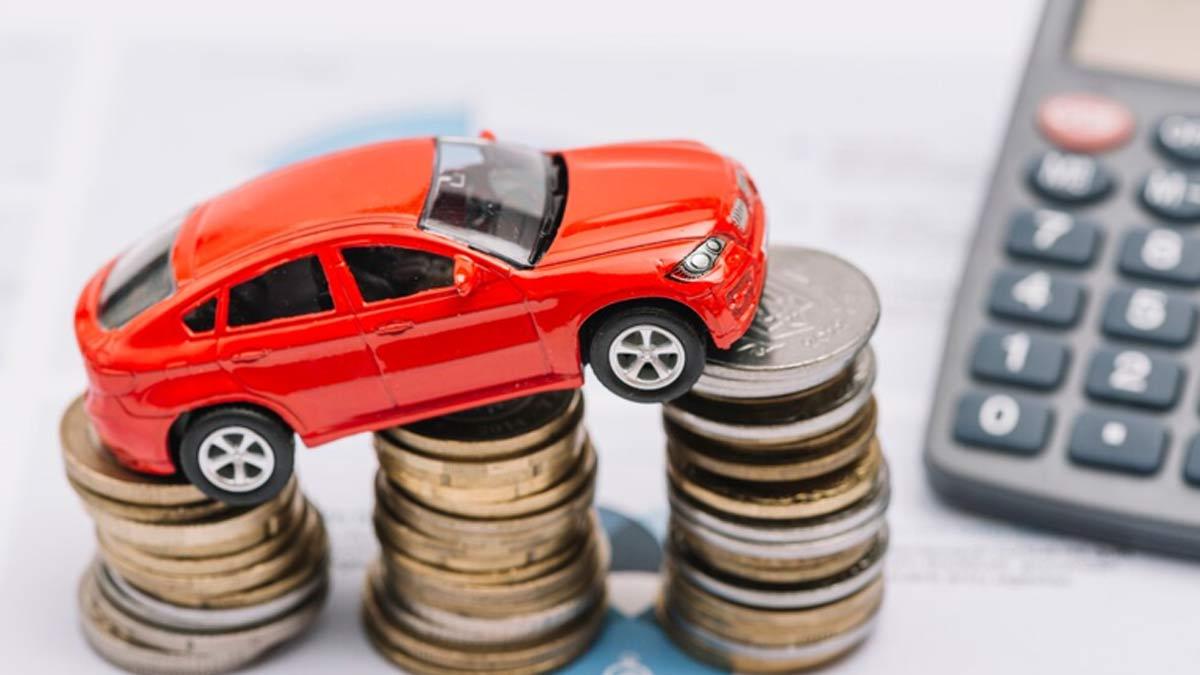When insuring your car, one of the key terms you'll come across is IDV, or Insured Declared Value. While it may seem like just another technical aspect of car insurance, understanding its significance can have a direct impact on your finances.
IDV influences everything from your policy premiums to your payout in the event of theft or total loss. Knowing how it works empowers you to make smarter insurance choices, avoid underinsurance, and ensure adequate coverage for your vehicle.
What is IDV in Car Insurance?
The IDV, short for Insured Declared Value (IDV), in car insurance refers to the maximum amount an insurance company will reimburse the policyholder if their vehicle is stolen or sustains a total loss.
This value is determined by subtracting the vehicle's depreciation from its original manufacturer’s listed selling price, taking into account its age and condition. In the event of theft or damage that makes the car irreparable, the IDV is used to calculate the insurance payout.
It’s crucial to ensure that your car is insured for the right IDV. The IDV does not cover registration or insurance costs, nor does it include any non-company-fitted accessories. However, policyholders can opt to cover these accessories by paying an additional premium.
How to Calculate IDV in Car Insurance?
The IDV is determined based on the car’s manufacturer-listed selling price after adjusting for depreciation. Here’s how it is generally calculated:
IDV = (Ex-showroom price of the car - Depreciation amount) + (Cost of additional accessories - Depreciation on accessories)
This formula is applicable when the vehicle includes extra accessories installed after purchase. If no such additions are made, the calculation becomes:
IDV = Ex-showroom price of the car - Depreciation amount
Depreciation is applied as per a fixed schedule followed by insurance providers and varies depending on the age and condition of the vehicle.
For instance, if a car’s ex-showroom price is Rs 10 lakh and it is two years old, the depreciation might be 20%, or Rs 2 lakh. In such a case, the IDV would be Rs 8 lakh. To simplify this process and get an accurate value, you can also use an online car IDV calculator provided by insurers.
What are the Current Depreciation Rates?
The rate of depreciation used to calculate the IDV is set by the Insurance Regulatory and Development Authority of India (IRDAI). At present, the standard depreciation rates applied for IDV calculation are as follows:
Age of the Vehicle: Depreciation Percentage for IDV Calculation
Up to 6 months: 5%
6 months-1 year: 15%
1-2 years: 20%
2-3 years: 30%
3-4 years: 40%
4-5 years: 50%
Over 5 years: Varies based on the mutual agreement between the policyholder and the insurer
Factors Affecting IDV in Car Insurance
The Insured Declared Value (IDV) of a car is determined by taking several elements into account. Here are the key factors that impact the IDV:
Type of Vehicle: Different categories of cars—such as sedans, SUVs, hatchbacks, and MUVs—carry varying price tags. For instance, SUVs generally have a higher value than sedans, which in turn are priced higher than hatchbacks. Hence, the type of vehicle significantly affects its IDV.
Make and Model: The brand and specific model of a car also influence its IDV. Even within the same car segment, a premium brand will likely have a higher value compared to a budget brand.
Age and Depreciation: A car's value begins to depreciate the moment it is purchased. The older the vehicle, the more its value decreases. Consequently, an older car will have a lower IDV than a newer car of the same make and model.
Market Value/Ex-Showroom Price: The prevailing market value or ex-showroom price of the vehicle is a fundamental component in IDV calculation. It reflects the car's worth before applying depreciation.
Registration Location: The city or region where the vehicle is registered can slightly impact its IDV, as ex-showroom prices may vary across locations.
Additional Accessories: If non-standard accessories have been added to the car, their depreciated cost can be included in the IDV—provided the policyholder opts to insure them separately.
How IDV Affects Premium and Claim Amount?
The IDV has a direct impact on both your car insurance premium and the claim amount you are eligible for in case of theft or total loss.
Impact on Premium
A higher IDV means the insurer is covering a greater risk, which results in a higher premium. Conversely, if the IDV is set lower, your premium will be reduced. While some may choose a lower IDV to save on premium costs, doing so can lead to inadequate compensation.
Impact on Claim Amount
In the event of a total loss or theft, the maximum amount the insurer will pay is the IDV specified in the policy. If you’ve chosen an accurate and appropriate IDV, you’ll receive a fair settlement. However, if the IDV is undervalued, your payout will be lower, potentially causing financial strain.
Car Insurance and IDV: Points to Keep in Mind
Here are some key points to keep in mind when understanding and calculating the IDV of your car:
Understand the Role of IDV: The IDV represents the maximum payout you’ll receive from the insurer in case of theft or a total loss. Avoid deliberately selecting a lower IDV just to reduce your premium—it can lead to insufficient compensation during a claim.
Verify Before You Agree: Don’t rely solely on the insurer’s estimation. Do your own research and consult your car’s manufacturer to ensure the IDV proposed is reasonable and accurate.
Cross-check the Premium: Make sure the insurance premium quoted is correctly aligned with the IDV. An inaccurately calculated premium could mean you're either overpaying or underinsured.
Negotiate If Needed: If you believe the IDV offered doesn't reflect your car’s actual market value, you can request a revision. Getting adequate coverage is essential to avoid financial loss during claims.
Account for Depreciation: As vehicles age, their value decreases. Choose an IDV that realistically considers the expected depreciation of your car over time.
Know When IDV Applies: IDV is relevant only for comprehensive car insurance policies. It does not apply to third-party insurance, which covers liabilities towards others but not damages to your own vehicle.
Understanding how to calculate your car’s IDV is essential when purchasing a comprehensive car insurance policy. IDV not only influences the premium you pay but also determines the maximum compensation you’ll receive in the event of a total loss or theft of your vehicle.
Choosing the right IDV helps you avoid underinsurance and ensures that you are adequately protected financially. Instead of blindly accepting the insurer’s suggested IDV, take time to evaluate your car’s current market value, depreciation, and any added accessories.
This helps you make an informed decision and get the best value from your insurance policy. Ultimately, a well-calculated IDV ensures peace of mind, knowing that your vehicle is covered appropriately for its worth.


















